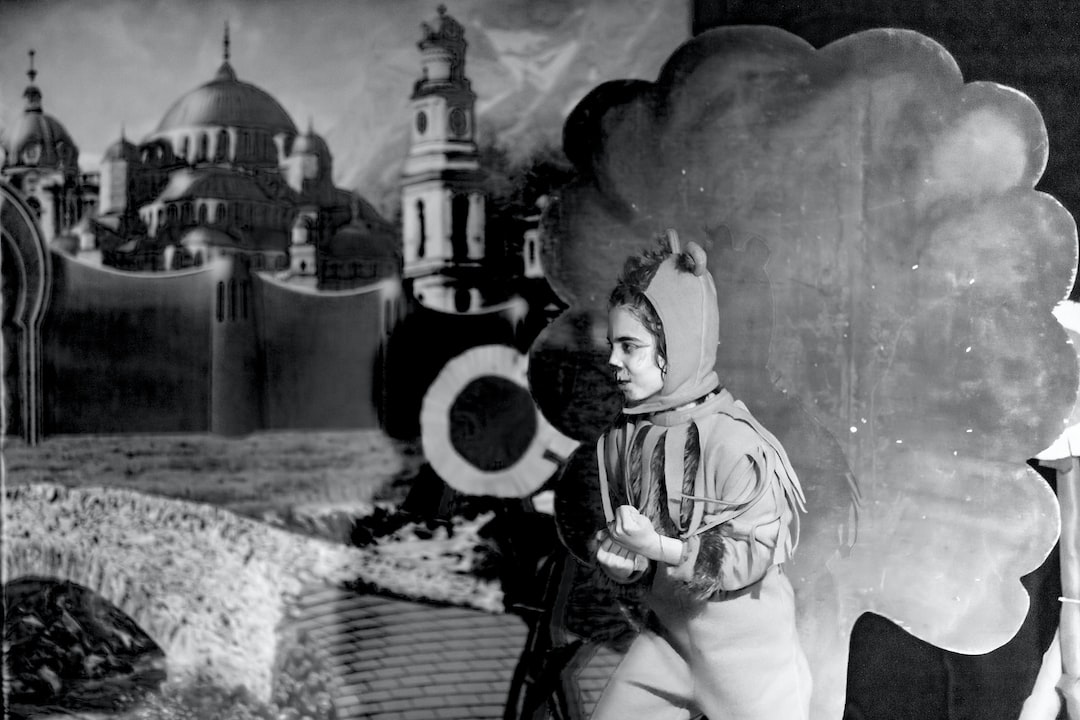Celebrating Diversity through Cultural Art Exhibitions
Art has the innate power to transcend borders, break societal barriers, and create a sense of unity among individuals from diverse backgrounds. Cultural art exhibitions are a wonderful platform that celebrates and showcases the rich tapestry of human experiences, traditions, and perspectives. These exhibitions provide an opportunity for individuals to immerse themselves in the beauty and diversity of various cultures, fostering cross-cultural dialogue and promoting understanding and acceptance.
In an increasingly globalized world, celebrating diversity is more important than ever. Cultural art exhibitions offer a unique lens through which we can learn about different cultures, appreciate their uniqueness, and find common ground. Such exhibitions feature artworks that reflect the customs, beliefs, practices, and stories of various ethnic groups and communities. They allow us to explore the breadth and depth of human creativity and serve as a bridge between different cultural backgrounds.
One of the remarkable aspects of cultural art exhibitions is their ability to shed light on often underrepresented or marginalized communities. Through art, these exhibitions provide a platform for those who have traditionally been excluded or silenced, allowing their voices to be heard. By showcasing their stories, struggles, and triumphs, cultural art exhibitions amplify marginalized voices and encourage social and political change.
Moreover, cultural art exhibitions challenge stereotypes and misconceptions by offering a more nuanced understanding of different cultures. Art can defy preconceived notions and provide an authentic representation of a community’s identity and lived experiences. By engaging with the artworks on display, visitors can gain a deeper understanding of the complexities and nuances that shape different cultures, breaking down barriers and fostering empathy.
Additionally, cultural art exhibitions encourage dialogue and encourage visitors to engage with diverse perspectives. They serve as meeting grounds for individuals from different walks of life to come together and discuss the exhibited artworks. Whether it is through guided tours, workshops, or panel discussions, these exhibitions provide a space for meaningful conversations and exchange of ideas. Through these interactions, visitors can learn from one another, challenge their own beliefs, and broaden their horizons.
Celebrating diversity through cultural art exhibitions also has educational benefits. For students, these exhibitions offer a valuable opportunity to learn about different cultures, their histories, and their contributions to humanity. By engaging with the artworks, students can develop critical thinking skills, expand their cultural awareness, and challenge their own biases. Cultural art exhibitions can be an inspiration for teachers to design interdisciplinary lesson plans that incorporate art, history, social sciences, and more, enriching the educational experience.
Furthermore, cultural art exhibitions can serve as a catalyst for local economic development and tourism. These exhibitions attract visitors from near and far, generating revenue for local businesses, restaurants, and hotels. They enhance the visibility of a community and create a positive image that can attract tourists and boost the local economy. By investing in cultural art exhibitions, communities can create a unique selling point that not only celebrates diversity but also contributes to their socio-economic growth.
In conclusion, cultural art exhibitions are a powerful tool for celebrating diversity and promoting understanding among individuals from different cultural backgrounds. These exhibitions provide a space for artists to showcase their talents, amplify marginalized voices, challenge stereotypes, and foster cross-cultural dialogue. By engaging with the artworks, visitors can develop empathy, broaden their horizons, and challenge their own biases. Celebrating diversity through cultural art exhibitions is a step towards building a more inclusive and harmonious world.

